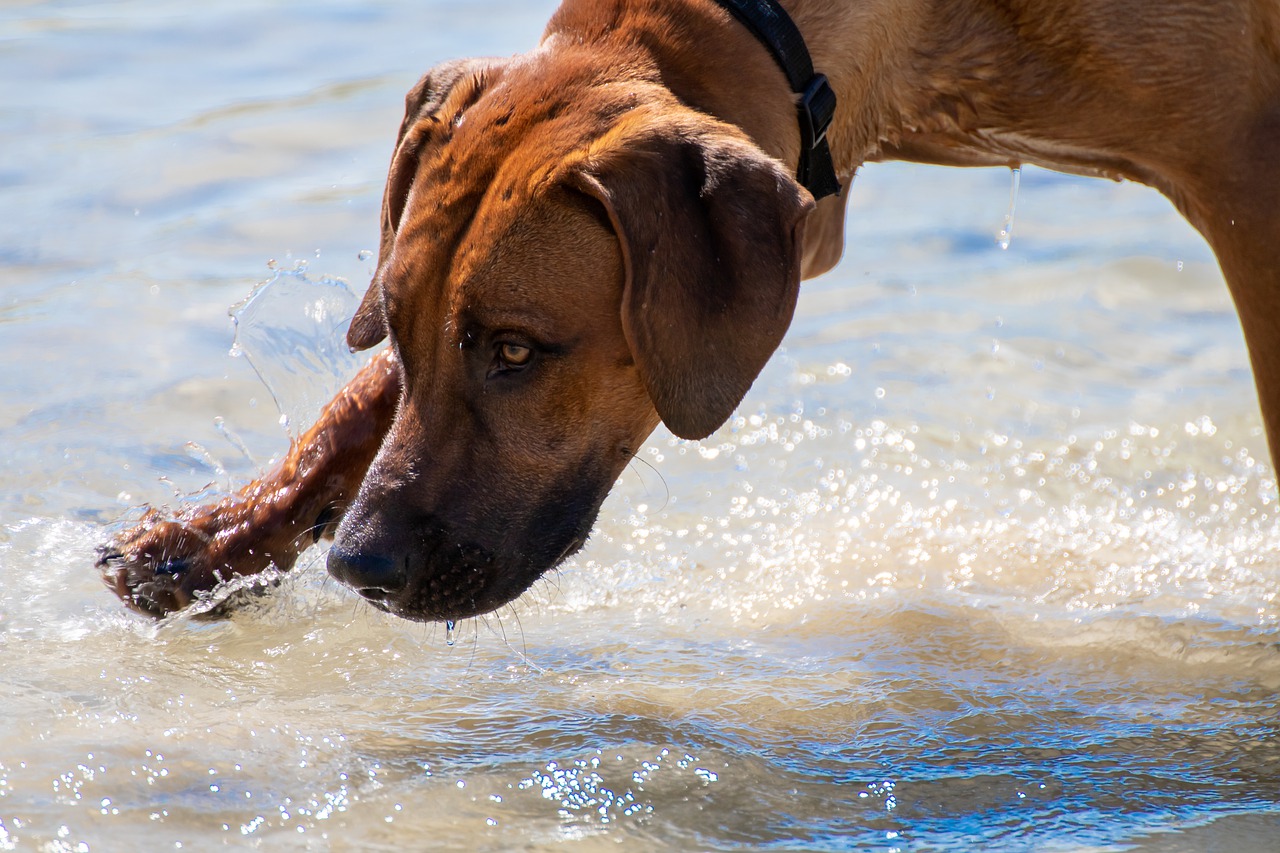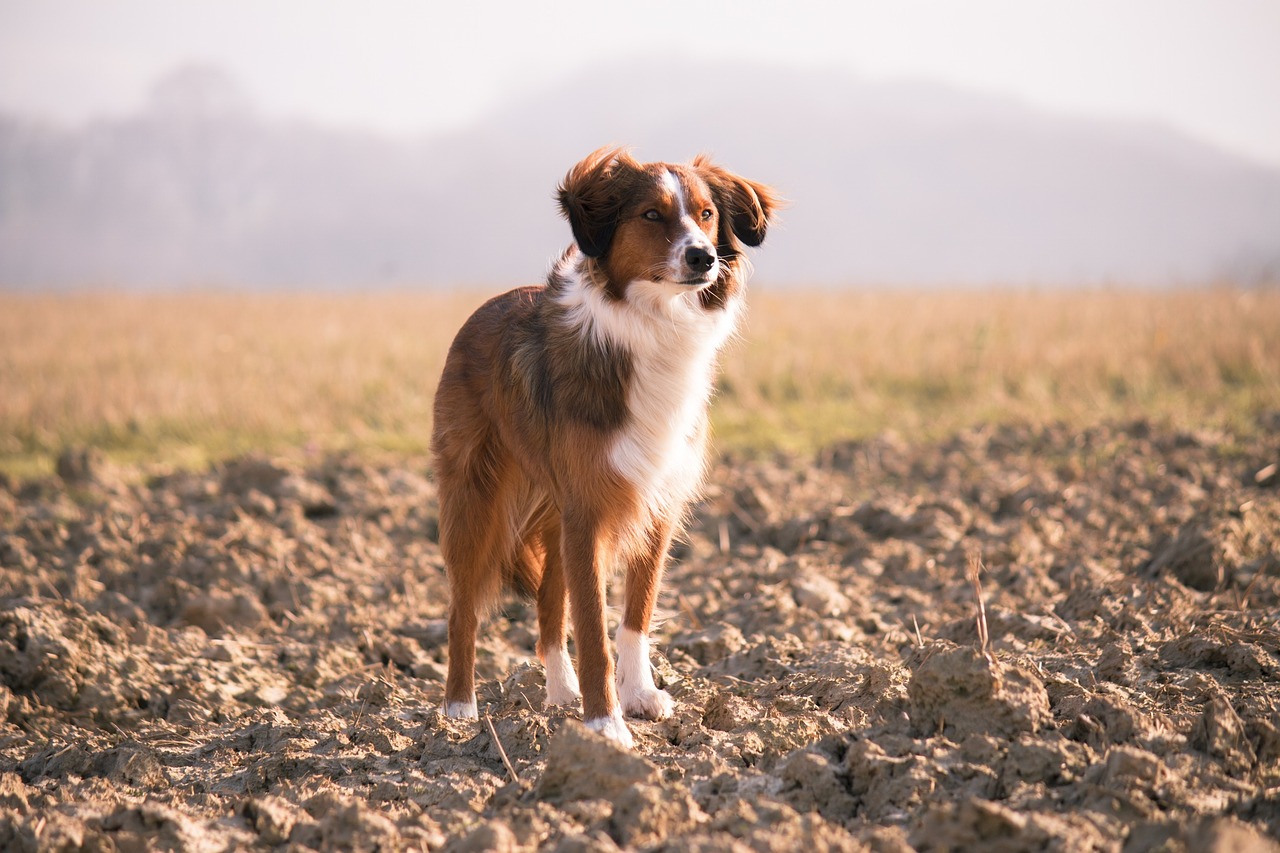What is Leptospirosis?
Leptospirosis is a bacterial disease that affects humans and animals (Zoonotic). It is caused by bacteria of the genus Leptospira. In humans, it can cause a wide range of symptoms, some of which may be mistaken for other diseases. Some infected persons, however, may have no symptoms at all.
Without treatment, Leptospirosis can lead to kidney damage, meningitis (inflammation of the membrane around the brain and spinal cord), liver failure, respiratory distress, and even death.
How do people get leptospirosis?
People can get leptospirosis when they have contact with water or soil containing urine or other body fluids from infected animals or if they directly touch the urine from an infected animal. A variety of animals can spread leptospirosis, including rodents, dogs, livestock, and wildlife. During a hurricane or heavy rain, animal urine in the soil or on other surfaces can run into floodwater, contaminating it. Streams and other natural water sources can also be contaminated.

Infection
The bacteria that cause leptospirosis are spread through the urine of infected animals, which can get into water or soil and can survive there for weeks to months. Many different kinds of wild and domestic animals carry the bacterium.
These can include, but are not limited to:
- Cattle
- Pigs
- Horses
- Dogs
- Rodents
- Wild animals
When these animals are infected, they may have no symptoms of the disease.
Infected animals may continue to excrete the bacteria into the environment continuously or every once in a while for a few months up to several years.
Humans can become infected through:
- Contact with urine (or other body fluids, except saliva) from infected animals.
- Contact with water, soil, or food contaminated with the urine of infected animals.
The bacteria can enter the body through skin or mucous membranes (eyes, nose, or mouth), especially if the skin is broken from a cut or scratch. Drinking contaminated water can also cause infection. Outbreaks of leptospirosis are usually caused by exposure to contaminated water, such as floodwaters. Person to person transmission is rare.
Infections in Pets
The bacteria that cause Leptospirosis are spread through the urine of infected animals, which can get into water or soil and can survive there for weeks to months. Humans and animals can become infected through contact with this contaminated urine (or other body fluids, except saliva), water, or soil. The bacteria can enter the body through skin or mucous membranes (eyes, nose, or mouth), especially if the skin is broken from a cut or scratch. Drinking contaminated water can also cause infection. Infected wild and domestic animals may continue to excrete the bacteria into the environment continuously or every once in a while for a few months up to several years.
If your pet has become infected, it most likely came into contact with the bacteria in the environment or was exposed to infected animals. Your pet may have been drinking, swimming, or walking through contaminated water. Because of increased building and development into areas that were previously rural, pets may be exposed to more wildlife, such as raccoons, skunks, squirrels, opossums, or deer that are infected with leptospirosis. Dogs also may pass the disease to each other, but this happens very rarely.
Prevention in Pets
To help prevent Leptospirosis infection, keep rodent problems (rats, mice, or other animal pests) under control. Rodents can carry and spread the bacteria that causes this disease.
Get Your Pet Vaccinated Against Leptospirosis.
The vaccine does not provide 100% protection. This is because there are many strains (types) of leptospires (the bacteria that causes Leptospirosis), and the vaccine does not provide immunity against all strains. It is important to get your pet vaccinated again even if it gets leptospirosis because it can still get infected with a different strain of leptospires.
Pet owners should also take steps to prevent themselves and others from becoming infected with the disease due to an infected pet. The primary mode of transmission of leptospirosis from pets to humans is through direct or indirect contact with contaminated animal tissues, organs, or urine.
In some instances, shedding of leptospires in the urine may persist for as long as 3 months after infection as a result of inadequate or lack of treatment. Always contact your veterinarian and your physician if you have concerns about a possible exposure to an infected animal.
In addition, be sure to follow the below prevention guidelines:
- Do not handle or come in contact with urine, blood, or tissues from your infected pet before it has received proper treatment.
- If you need to have contact with animal tissues or urine, wear protective clothing, such as gloves and boots, especially if you are occupationally at risk (veterinarians, farm workers, and sewer workers).
- As a general rule, always wash your hands after handling your pet or anything that might have your pet’s excrement on it.
- If you are cleaning surfaces that may be contaminated or have urine from an infected pet on them, use an antibacterial cleaning solution or a solution of 1 part household bleach in 10 parts water.
- Make sure that your infected pet takes all of its medicine and follow up with your veterinarian.
Hurricanes, Floods and Leptospirosis
Leptospirosis is a bacterial disease that occurs worldwide and can cause serious illnesses such as kidney or liver failure, meningitis, difficulty breathing, and bleeding. Cases of leptospirosis can increase after hurricanes or floods when people may have to wade through contaminated water or use it for drinking or bathing.
What are the symptoms of leptospirosis in humans?
Symptoms usually start from 5 to 14 days after contact with the bacteria that causes leptospirosis. However, symptoms can begin anywhere from 2 to 30 days after contact. Early symptoms can include:
- Fever
- Headache
- Muscle aches
- Red eyes
- Vomiting
- Diarrhea
- Abdominal pain
- Jaundice (yellowing of the skin and eyes)
- Skin rash
- Cough
For more detailed information and track Lepto outbreaks follow the CDC link below:
https://www.cdc.gov/leptospirosis/infection/index.html

